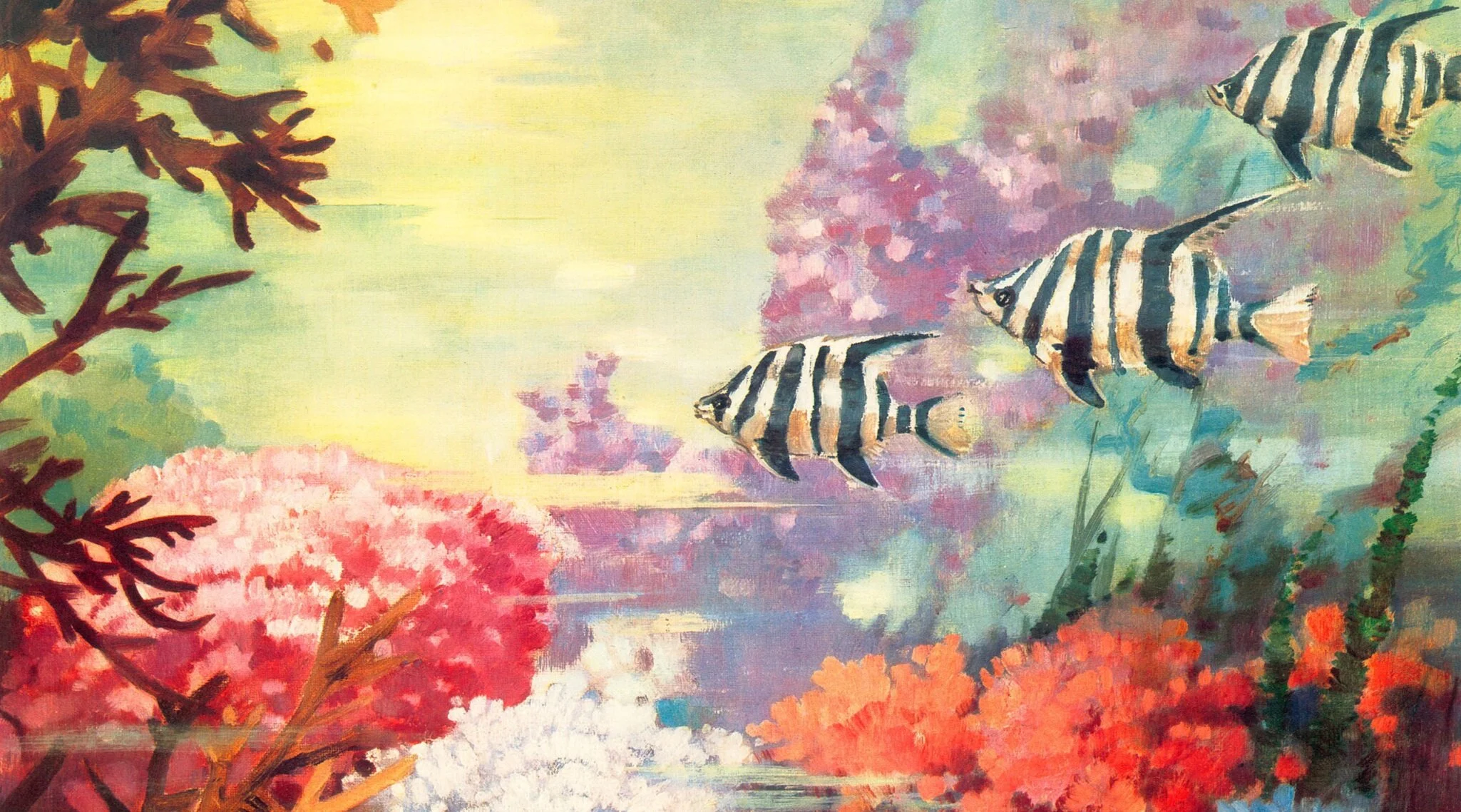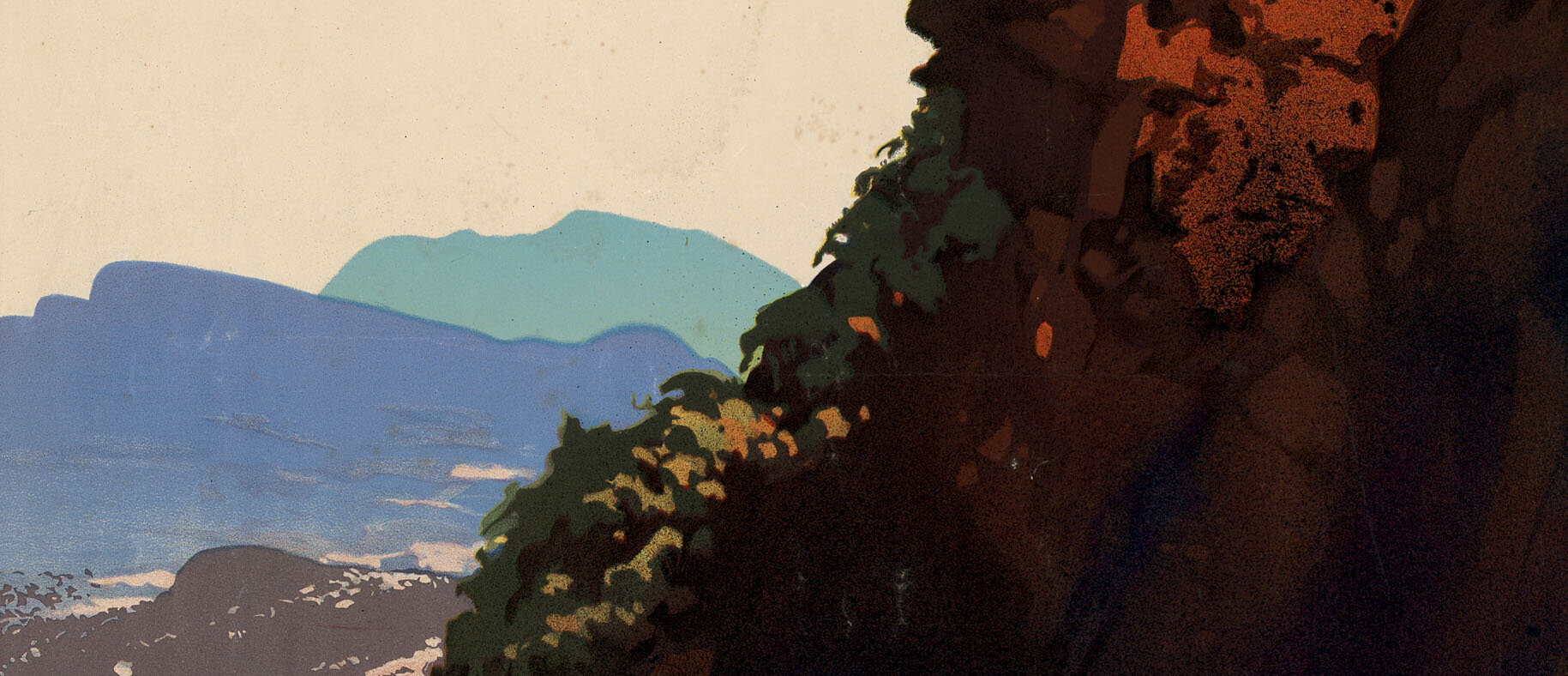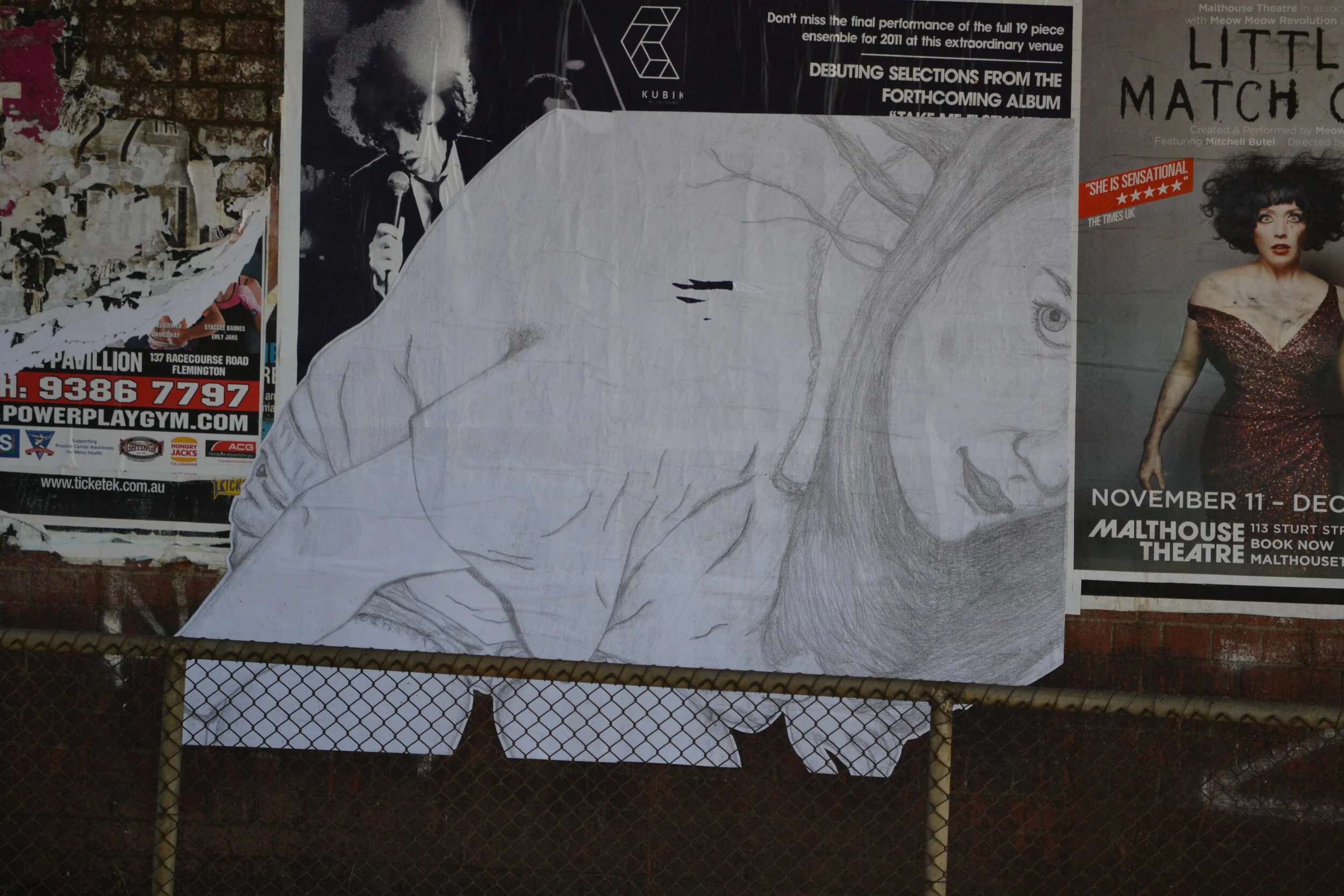About - James Northfield Heritage Art Trust
James and Una Grace Northfield (c.1950) were married in 1913. Image courtesy of JNHAT archives
The James Northfield Heritage Art Trust (JNHAT), a not-for-profit Trust, was registered in October 2002 to preserve, protect and promote the artworks of James Northfield – one of Australia’s most celebrated 20th Century poster artists. JNHAT holds copyright until 2043 for all works by James Northfield. Royalties collected from the authorised use of works by James Northfield fund an annual scholarship in lithography at the Australian Print Workshop. The APW James Northfield Lithography Scholarship is awarded to contemporary women artist/printmakers who wish to develop their practice in lithography.
Statement by JNHAT Co-Managers - Sally Northfield & Dianne Northfield
Posters have the ability to provoke, amuse and startle. Whether blu-tacked to bedroom walls, sticky-taped inside wardrobe doors, pasted on railway underpasses or slapped over a thick layer of others already inhabiting the streetlight poles, posters are a ubiquitous feature of urbanscapes. From colonial WANTED posters nailed to trees, to giant paste-ups currently in the laneways of Melbourne, the immediacy and vibrancy of the poster has long been harnessed to decorate, advertise, protest and announce events.
In the 21st Century the streets are awash with visual imagery, some postings are made to last when commercial interests are paramount, other imagery is ephemeral. By their nature posters are transient; ripped off, rain splattered or just simply pasted over. What remains etched in our memories in this collage of fleeting images is similarly transient in the digital age. However, pre-internet and social media, the poster was one of the most effective ways of getting a message across and this was the work for which James Northfield was known as one of the best artists in Australia.
Technologies have changed, with offset printing and digital techniques altering the way a poster can be produced and distributed. The increased corporate domination of public space has also impacted the influence of the pasted-up wall poster, but a striking image still packs a punch with the power to stop a passer-by. Posters are contextual markers that act like barometers of social, economic, political and cultural events of the time, space and place. As a country with a robust history of protests – Eureka, suffrage, equal pay, conscription, Iraq war, land rights, and most recently the climate strikes and Black Lives Matter protests – together with the recent proposal to introduce new anti-protest laws in Australia, means that we are again seeing the rise of the poster as a potent instrument of protest, as posters tend to proliferate in times of political ferment.
As the great nieces of James Northfield, we have a long-standing interest in the power of the poster and art in public spaces. As we watched our daughter/niece, mix a 10-litre bucket of glue in preparation for pasting a nine-metre artwork under a local inner city rail bridge in the pre-dawn hours, we were reminded that the allure of pasting up images as public proclamations, is as relevant today as it was in the early 1900s. We do wonder how James Northfield would have used his considerable artistic talents in the public space if he was living and working in Melbourne in the 21st century.
James Northfield, Foster’s Lager billboard poster on Northcote Railway Station, Melbourne, c. 1930s, Image courtesy of JNHAT archives.
Anonymous, 2012, paste-up on inner-north rail-underpass, Melbourne.
























